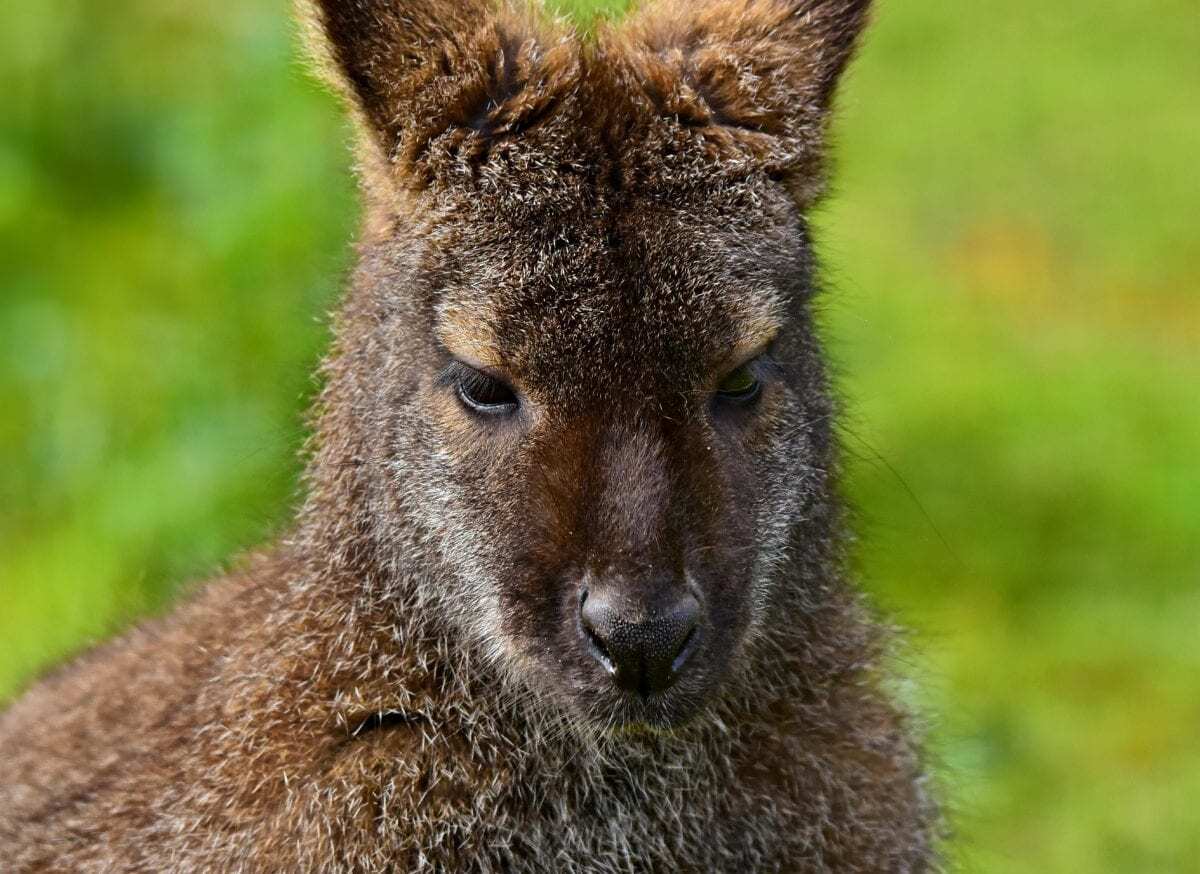The swamp wallaby is the only mammal that is permanently pregnant throughout its life according to new research about the reproductive habits of marsupials.
Unlike humans, kangaroos and wallabies have two uteri. The new embryo formed at the end of pregnancy develops in the second, ‘unused’ uterus. Then, once the newborn from the first pregnancy begins to suck milk, the new embryo enters a long period of developmental arrest that may last up to 11 months or more.
When the sucking stimulus from the young in the pouch declines, the dormant embryo starts growing again and the cycle starts anew, with females returning to oestrus in late pregnancy, mating, and forming another embryo.
“Thus, females are permanently pregnant their whole lives,” said Dr Brandon Menzies who collaborated on the research with Professor Marilyn Renfree and Professor Thomas Hildebrandt from the Leibniz Institute for Zoo and Wildlife research in Berlin, Germany.
The findings shed light on the record-breaking reproductive systems of marsupials.
Mammalian pregnancy is usually longer, up to 22 months in elephants, with several stages that require different combinations of hormones.
While most mammals also require a break between pregnancies, either to support new young or during periods of seasonal lack of resources, the female swamp wallaby is the only one that can claim the reproductive feat of being permanently pregnant throughout its life.
Marsupials have the largest sperm, the shortest pregnancies, and exhibit the longest periods of embryonic diapause (developmental arrest of the embryo) among mammals.
Furthermore, kangaroos and wallabies regularly support young at three different stages of development, namely, an embryo in the uterus, an early stage pouch young and a semi-dependent young at foot (still sucking milk).
“Whatever the reason, the swamp wallaby is an incredibly successful and ubiquitous species in Australia, occupying a range that stretches from the Western Victoria/South Australian border all the way up the eastern seaboard to cape York in far north Queensland,” said Dr Menzies.
The research is published today as Unique reproductive strategy in the swamp wallaby (Wallabia bicolor), in the Proceedings of the National Academy of Sciences USA.
“We used high resolution ultrasound to track pregnancy and mating in 10 female swamp wallabies,” said Dr Menzies. “What we found amazed us – the females come into oestrus, mate and form a new embryo 1-2 days before the end of their existing pregnancy. “The swamp wallaby is the only mammal known to be continuously pregnant in this way.”
Just one other species of mammal is known to go into oestrus while still pregnant – the European Brown Hare (Lepus europaeus). This species also returns to oestrus in late pregnancy and conceives additional embryos before giving birth. This feat may be all the more remarkable in the hare because the embryos are conceived within common uterine horns already supporting late-stage fetuses.
Header Image – Public Domain





